Inside: Local mom, Crystal, shares her family’s trip to visit two local historical plantation sites in one day: Rose Hill Plantation in Union, SC and Walnut Grove Plantation in Roebuck, SC.
Looking for a powerful, educational day trip with your family? We visited two very different historical plantations in the Upstate—and we came away reflecting on how much American history can change depending on where you stand. These two sites tell very different stories, but both invite deep conversations, honest reflection, and a greater appreciation of the people whose lives shaped South Carolina.
Here’s what you can expect if you’re planning a visit to Rose Hill Plantation in Union and Walnut Grove Plantation in Roebuck.
Rose Hill Plantation: A Beautiful Place with a Heavy History
Located in Union, SC, Rose Hill Plantation State Historic Site was once home to William Henry Gist, the South Carolina governor who played a major role in leading the state to secede from the Union in 1860.
What You’ll Learn
- Gist and his wife had 12 children, but tragically, only four lived to adulthood.
- The tour does not shy away from the harsh truths. You’ll hear raw and honest stories about the lives of the more than 100 enslaved people who labored here.
- Guides discuss how enslaved families endured unimaginable suffering, much of it undocumented.
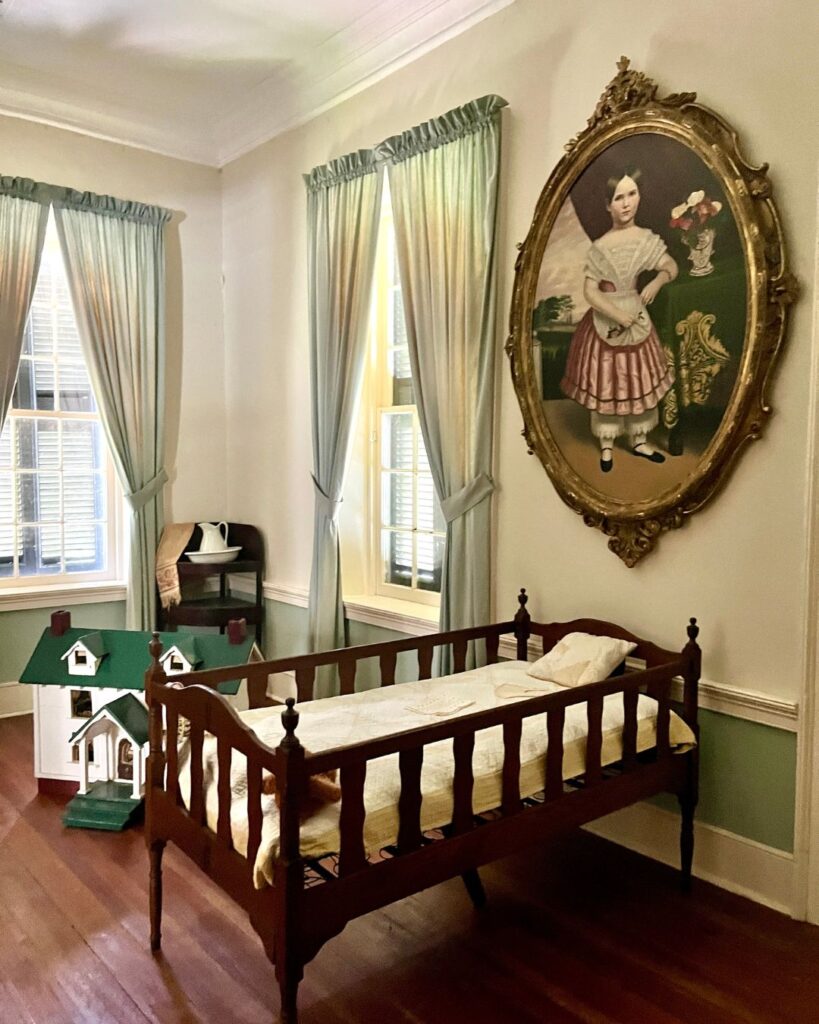
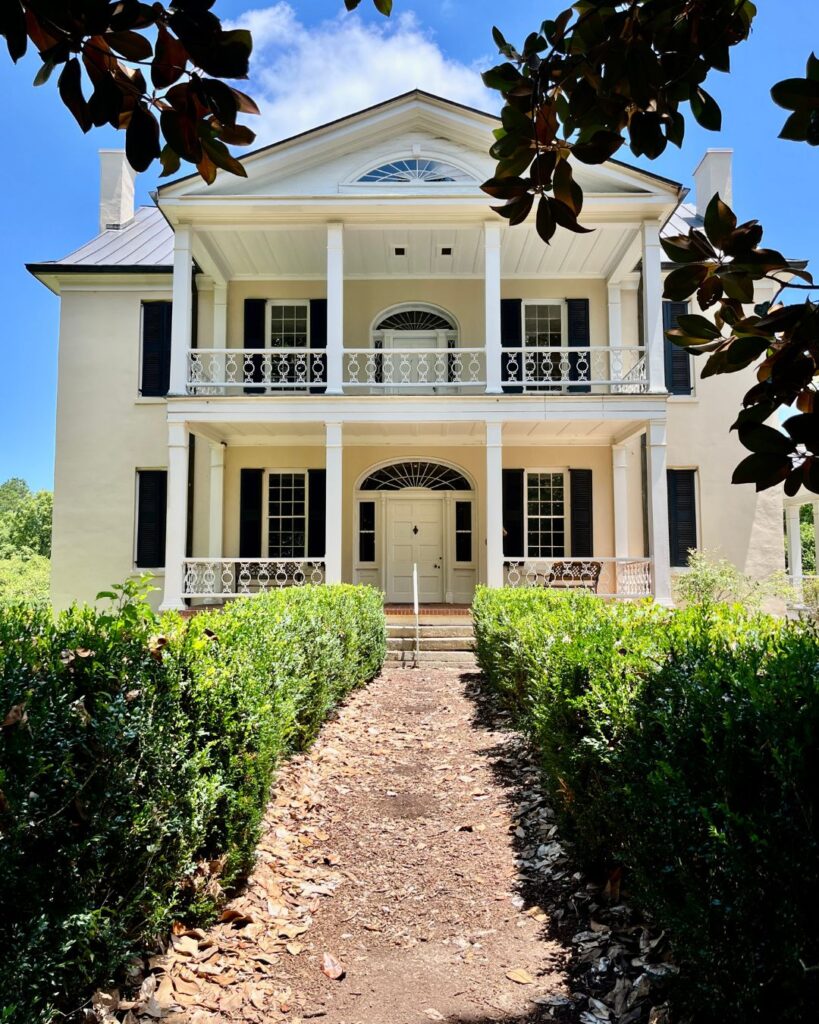
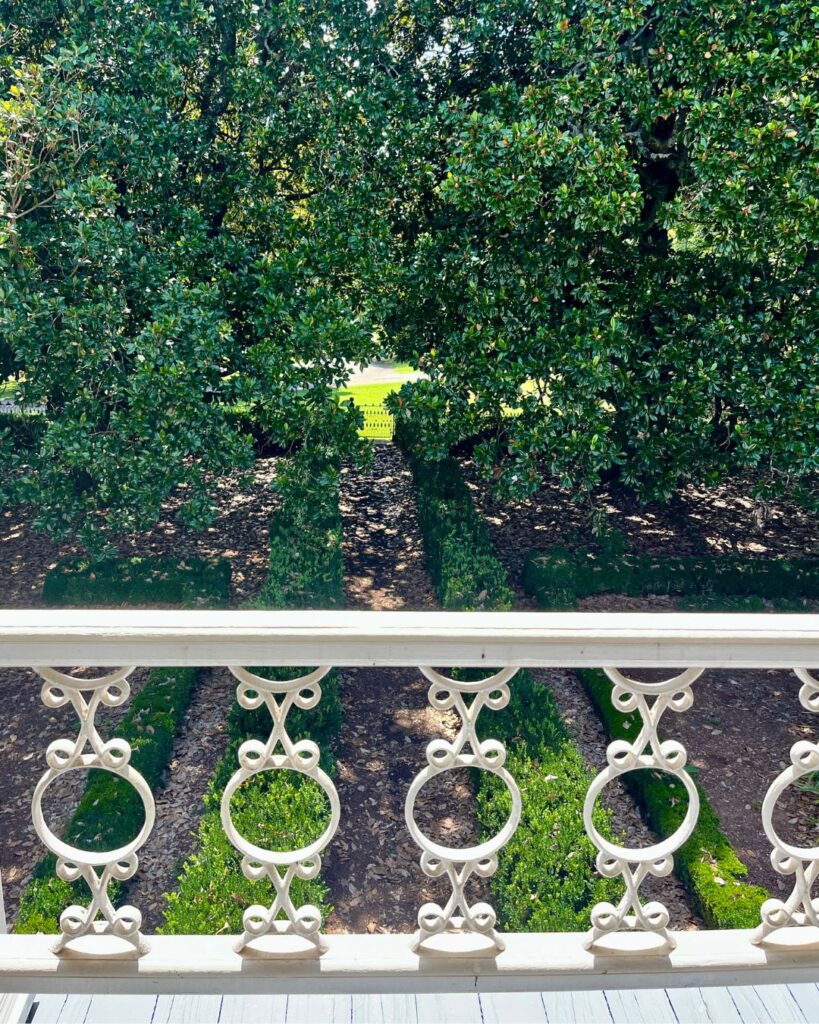
Even though the mansion and grounds are quiet and peaceful today, the history is deeply felt as you walk through the home and surrounding trails.
Parent Tip: The mansion tour includes grim historical truths, so consider your children’s ages and readiness. Older kids and teens may benefit most from the depth of this tour.
Walnut Grove Plantation: Revolutionary-Era Life & Patriot Stories
A short drive away in Roebuck, SC, you’ll find Walnut Grove Plantation, once home to the Moore family, early settlers who supported the Patriot cause during the American Revolution.
What You’ll See
- The Moores raised 10 children here and ran a large farm—also built on the labor of enslaved people, though the number was fewer (around a dozen).
- The site includes gardens, trails, and outbuildings you can explore, like the blacksmith shop and schoolhouse.
- Walnut Grove focuses more on Revolutionary War-era stories, including militia musters and Loyalist raids.
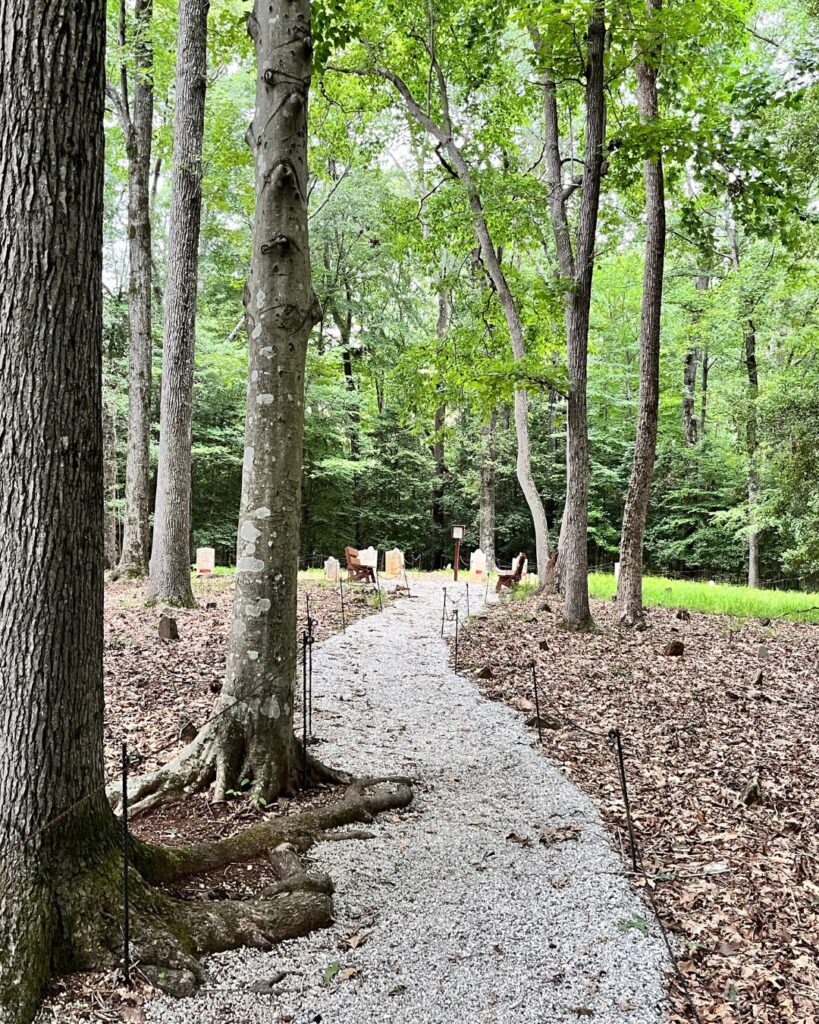

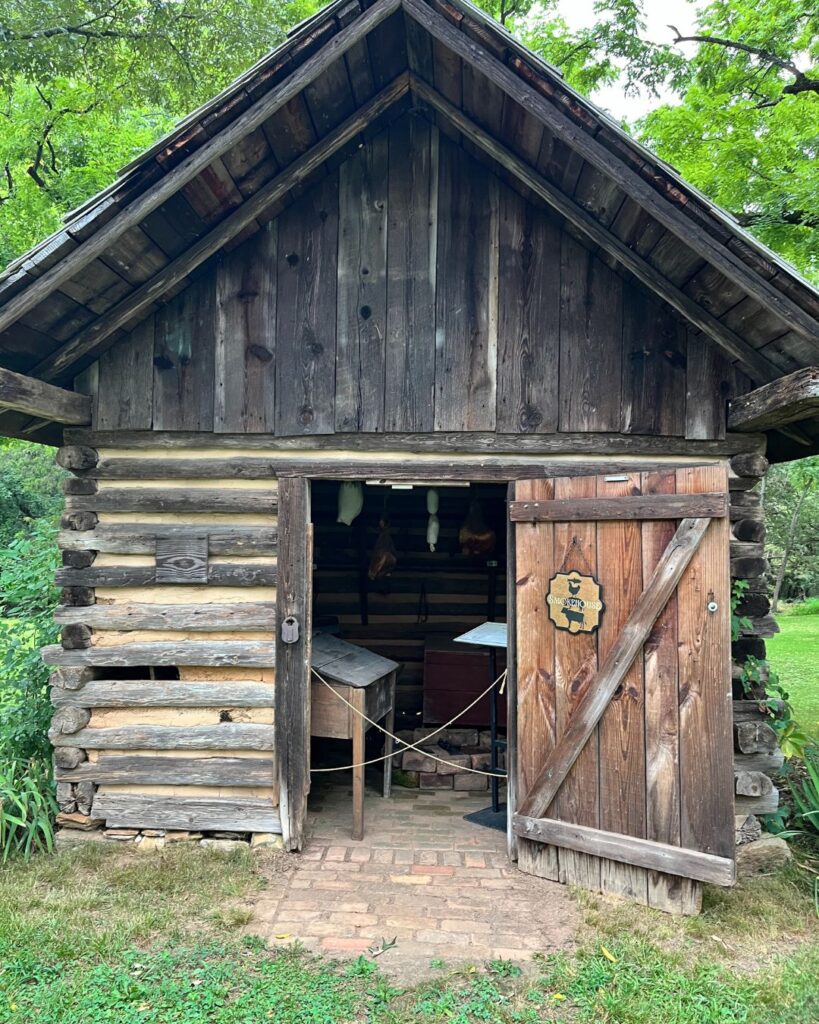
The main house is currently undergoing renovations, but there’s still plenty to experience outdoors. It’s a great place to walk, talk, and explore history from another time.
Fun Fact for Kids: A young girl named Margaret Moore is said to have bravely stood up to a British soldier during a raid—a favorite local legend shared during tours!
Why Visit Both?
Seeing both plantations in one day gave our family a fuller, more honest picture of South Carolina’s past.
- Rose Hill offers a deep dive into the Civil War era, with a heavy focus on slavery and secession.
- Walnut Grove shares stories from the Revolutionary War, showing how even early American Patriots benefited from systems of forced labor.
Together, they reveal how layered, complex, and often uncomfortable our history can be—but also how important it is to teach it truthfully.
Planning Your Visits
Can You Do Both in One Day?
Yes! They’re only about 45 minutes apart by car. We recommend starting at Rose Hill (the longer and more emotionally intense tour), then taking a break for lunch before heading to Walnut Grove for an outdoor walk-and-learn experience.
Good to Know:
- Restrooms available at both sites
- Stroller access is limited in historic buildings but fine on trails and grounds
- Pack water and snacks, especially for younger kids
- Admission fees may apply (check each site’s website before you go)
Our visit to Rose Hill and Walnut Grove reminded us that learning history isn’t always easy—but it’s always worth it.
These two plantations offer families a chance to reflect, ask questions, and connect with the past in a meaningful way.
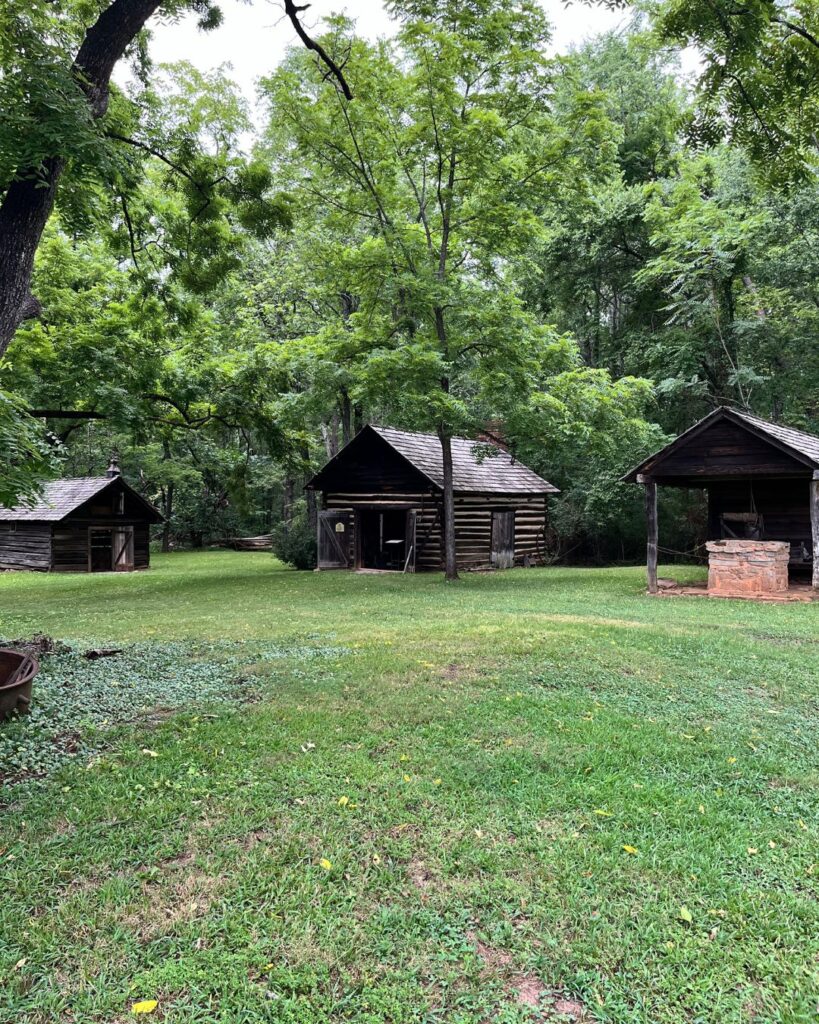

Find lots more great Educational Things to Do in Greenville, SC.





























